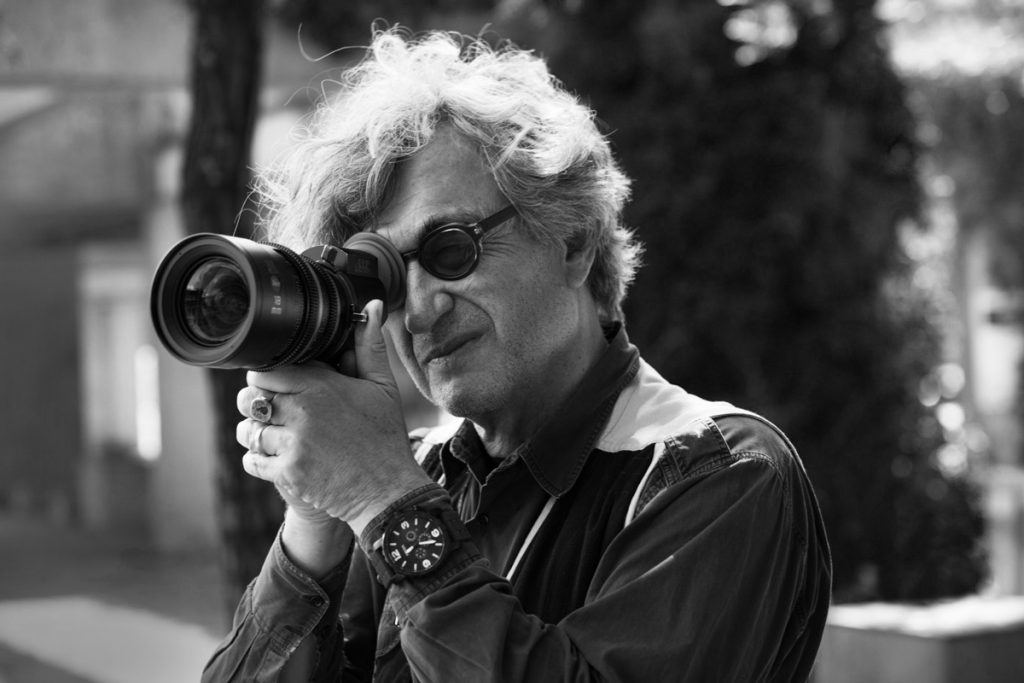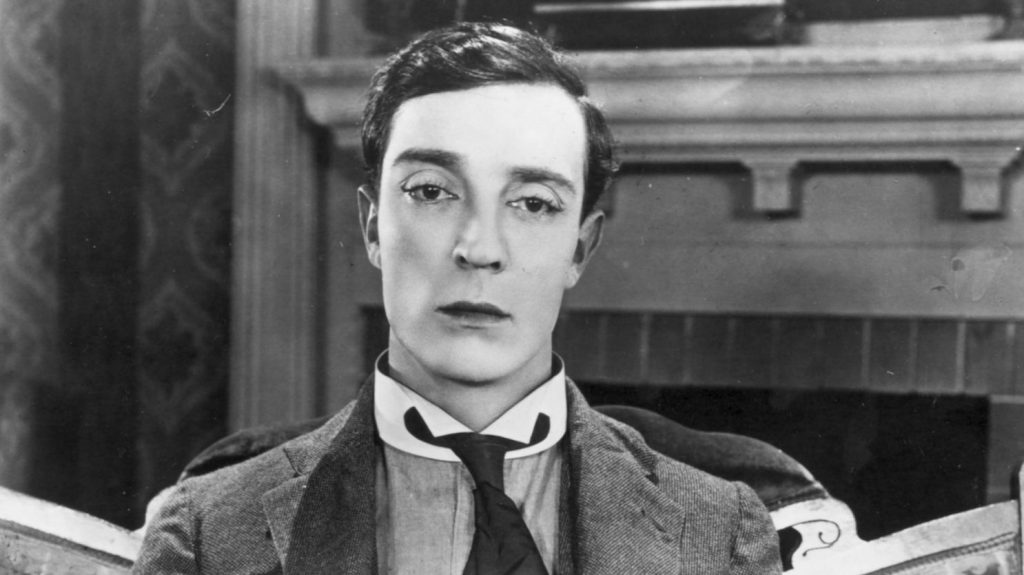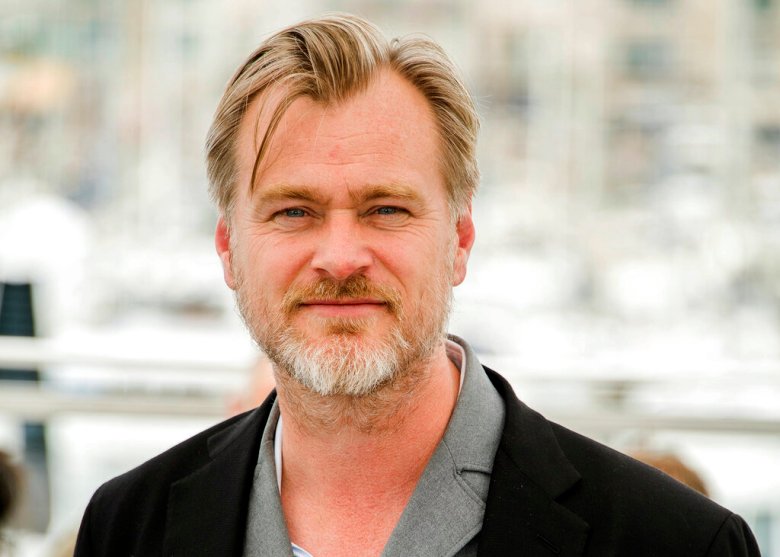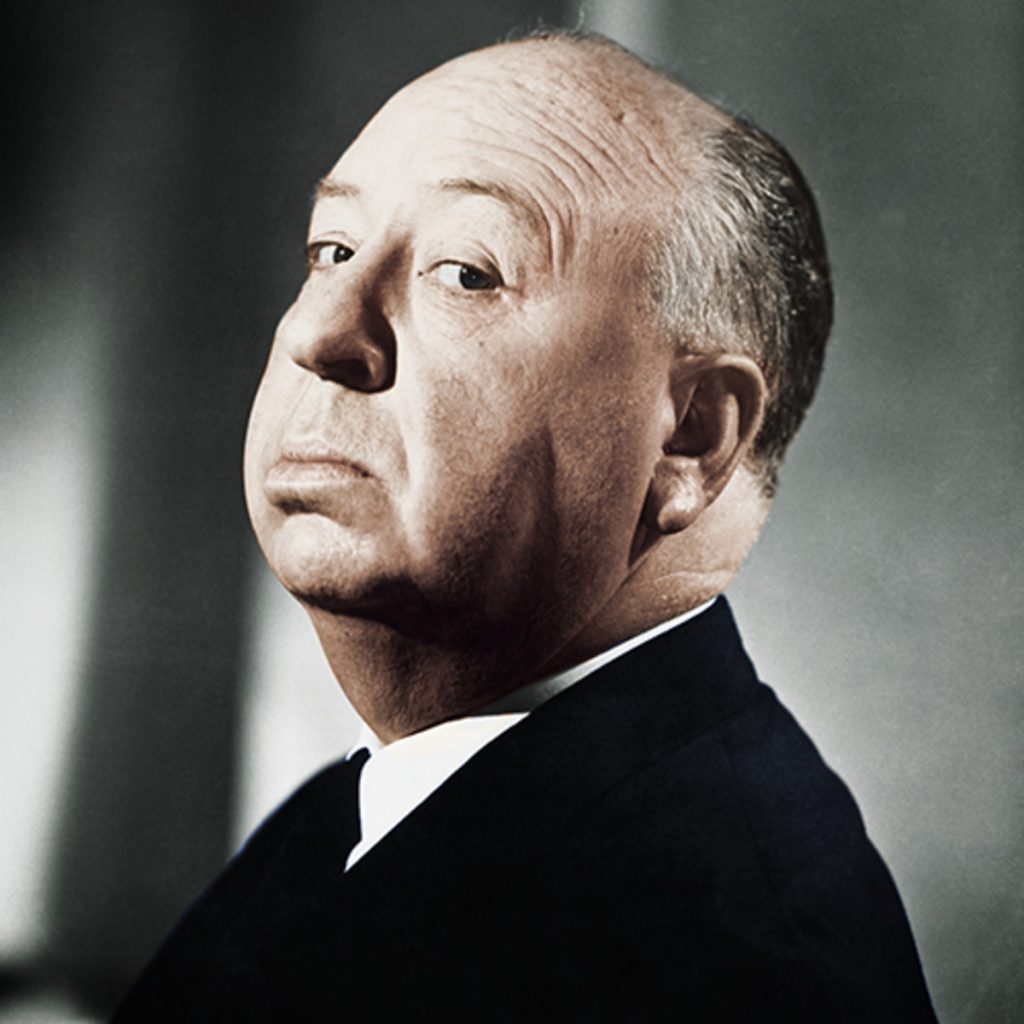
These Famous Directors are known for a specific style – shading, shots, or just continually utilizing the same actors! An ideal way for aspiring film Directors to further develop their craft is to study and learn from the Representative Works by other Famous Directors from the past and present.
There have been numerous persuasive directors over the historical backdrop of the film. We’ll examine Representative Works by five well-known directors of various kinds. These directors are bosses of their genre and art. They all have their own particular Personal Experience and management styles that differentiate them from their friends.
While making a movie, the director is typically viewed as the one individual with the vision to recount the story. All pieces of production feed off the director in the show to rejuvenate that vision. One of the many numerous choices that a director should make going into every shot is mid-length. If you think back through the cinematic histories of the absolute most renowned directors, you can uncover patterns and Personal Experience rules to how these directors have utilized distinctive focal lengths to evoke various sentiments, subjects, and themes to recount their accounts.
Here Are the Five of the Most Famous Directors and Their Representative Works
Wim Wenders

He moved on from high school in Oberhausen in the Ruhr region. He then, at that point, concentrated on medication (1963–64) and philosophy (1964–65) in Freiburg and Düsseldorf.
But he dropped out of college studies and moved to Paris in October 1966 to become a painter.
Wenders failed his entrance test at France’s public film school IDHEC, and on second thought, turned into an etcher in the studio of Johnny Friedlander, an American artist, in Montparnasse. During this time, Wenders became intrigued with film and saw up to five movies a day at the nearby cinema.
Set on making his obsession also his labor of love, Wenders got back to Germany in 1967 to work in the Düsseldorf office of United Artists. That fall, he entered the “Hochschule für Fernsehen und Film München”.
Somewhere in 1967 and 1970 while at the “HFF,” Wenders additionally functioned as a film critic for FilmKritik, then, the Munich daily newspaper Süddeutsche Zeitung, Twen magazine, and Der Spiegel.
Wenders finished a few short movies before moving on from the Hochschule with a full-length 16mm highly contrasting film, Summer in the City.
The Wachowskis

The Wachowskis might not have a tremendous filmography to their name; however, with regards to Hollywood Industry, they have fundamentally redefined how huge blockbusters movies are shot and their relationship to unique visualizations.
Their work on The Matrix dumbfounded crowds, and their other, like Jupiter Ascending, kept accumulating regard for excellent visual work. The showy sci-fi-motivated cinematography of a Wachowski film is unlike anything else.
Buster Keaton

The modern movie would not have been the place where it is today without Buster Keaton. In the realm of film, he embodies the word pioneer. Keaton grew up acting in Vaudeville theater, giving him an understanding of comedy from early on. In contrast to numerous different movie directors on this rundown, Keaton was often the leading role of his movies. This aided raise his status during the 1920s, where Charlie Chaplin just equaled him in fame.
This silent movie star was likewise the only director on this rundown to make movies before the Academy’s creation in 1929, and the idea of film school started. Keaton’s capacity with the film was all self-trained. His intrinsic capacity to make his crowds giggle tenaciously with works of art like One Week (1920) and Cops (1922) procured him an honorary Oscar award in 1960. Right up ’til the present time, he sits as one of the Grandfathers of Cinema.
Christopher Nolan

Starting with one modern pioneer then onto the next, Christopher Nolan is one of the greatest grossing directors of the last century. His movies have made more than $4.7 billion around the world! He has directed 11 movies to reliably high essential praise. As a profound one-of-a-kind movie director, he didn’t go to film school but had gotten 34 Oscar nominations for his films. Nolan is additionally a family man. His wife Emma Thomas has co-created all of his feature films, with his sibling Jonathan as his screenwriting accomplice. His #1 film is Blade Runner (Final Cut), as its impact can be found in his time-bowing, climatic, and moody action films.
Alfred Hitchcock

Ever the perfectionist, Alfred Hitchcock favored the 50mm for most of his movies, as it was the nearest to the “regular field of view,” as indicated by Sudhakaran. He even ventured to have his film sets worked to oblige the outlining best; he would require the 50mm field of view.
Famous global directors like Robert Bresson and Yasujiro Ozu additionally favored the 50mm and would make changes by their seats to oblige the lens.


